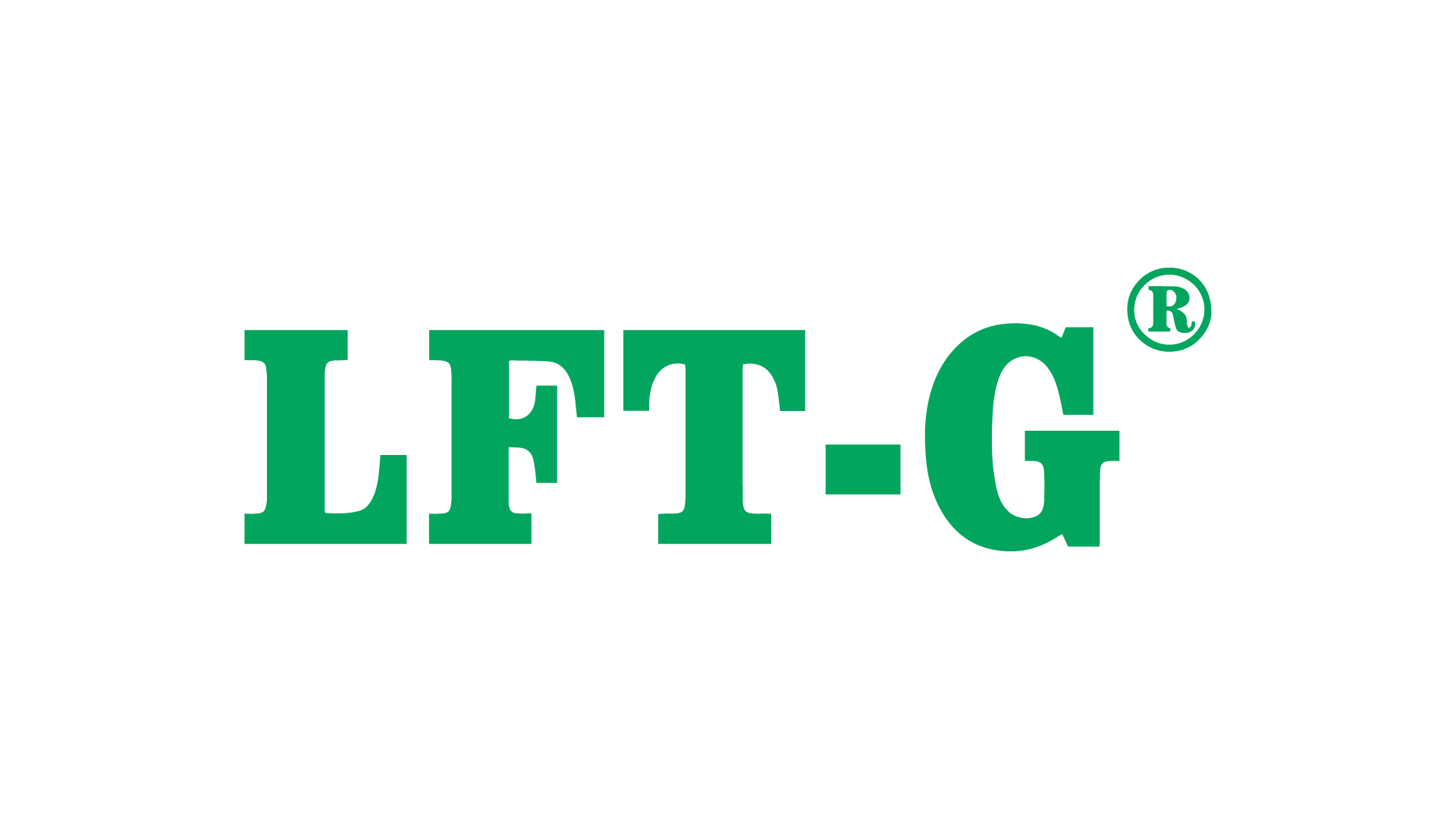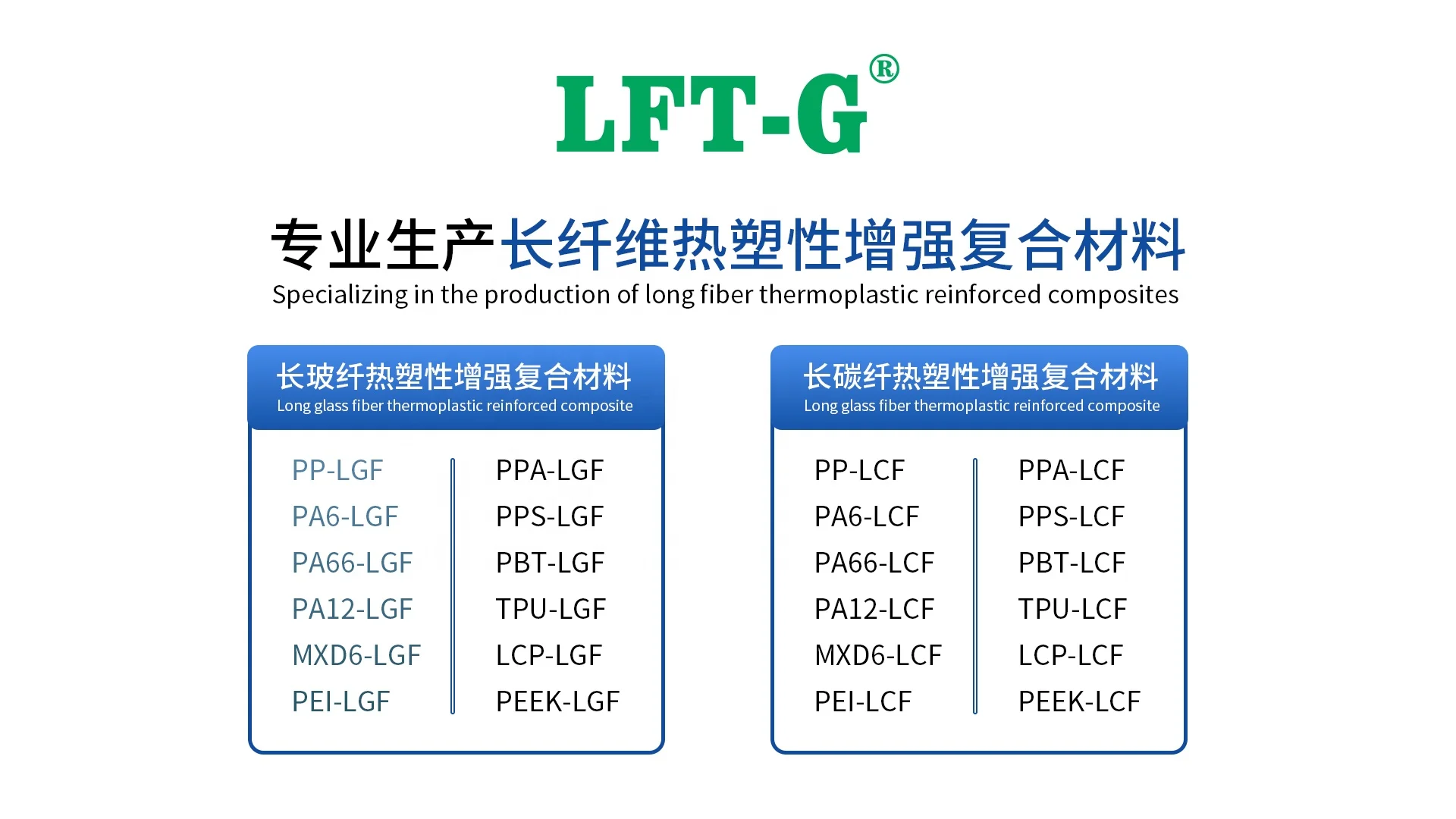новый блог

В индустрии материалов для новых энергетических транспортных средств полимеры включают пластмассы, резину, силиконовые материалы и композитные волокнистые материалы, такие как углеродное волокно. Чтобы избежать угроз безопасности, связанных с высоковольтными системами, материалы для транспортных средств на новых источниках энергии должны быть не только термостойкими, но и огнестойкими.
Поэтому Xiamen LFT представила огнестойкое полиамидное решение, предназначенное для производителей компонентов трансмиссии электромобилей и аккумуляторов электромобилей, помогающее обеспечить безопасную и эффективную работу электродвигателей.
Нейлон 66 благодаря своей превосходной термостойкости, химической стойкости, прочности и простоте обработки широко используется в автомобильной промышленности. В настоящее время он применяется практически во всех автомобильных компонентах, таких как электрические детали, компоненты кузова и т. д. К компонентам транспортных средств относятся звуковые сигналы, шланги кондиционера, охлаждающие вентиляторы и их корпуса, впускные трубы, баки с тормозной жидкостью и крышки заливных горловин. Кузовные детали включают крылья, рамки зеркал заднего вида, бамперы, приборные панели, багажники, дверные ручки, кронштейны дворников, пряжки ремней безопасности и различные декоративные детали интерьера. Автомобильные электрические компоненты включают электрические стеклоподъемники, разъемы, ящики для хранения и кабельные стяжки.
PA6
PA6 обладает превосходными механическими свойствами, жесткостью, прочностью, износостойкостью и амортизацией механических ударов. Он также имеет хорошую изоляцию и химическую стойкость. Он широко используется в автомобильных компонентах, электронных и электрических деталях и во многих других областях.
База светофоров
Из-за воздействия источников света рабочая среда относительно высока, а также расположена в зонах, которые могут подвергаться воздействию. Поэтому существует определенный спрос на ударопрочность и прочность. Использование PA6 может решить эти проблемы. Аналогичным образом, в автомобильном освещении стандартные винты или кронштейны, используемые в фарах, также обычно изготавливаются из PA6 +GF, что является обычной практикой в автомобильной промышленности.
Детали автомобильного шасси
Из-за воздействия источников света рабочая среда является относительно высокой, а также расположена в зонах, которые могут подвергаться воздействию. Поэтому существует определенный спрос на ударопрочность и прочность. Использование PA6 может решить эти проблемы. Аналогично, в автомобильном освещении стандартные винты или кронштейны, используемые в фарах, также обычно изготавливаются из PA6 +GF, что является обычной практикой в автомобильной промышленности.
Загрузочный кожух
В последние годы исследования материалов для автомобильных зарядных свай быстро продвигаются, и был достигнут некоторый консенсус. Поскольку в повседневной жизни зарядные сваи могут появляться в различных местах, требования к производительности высоки. На открытом воздухе в северных регионах материал должен выдерживать низкие температуры. Чтобы предотвратить внезапные пожары, огнезащитные свойства должны быть хорошими. Для обеспечения безопасности материал должен быть непроводящим. Кроме того, из-за воздействия различных природных условий материал должен обладать отличными антивозрастными свойствами. Кроме того, первостепенное значение имеет обеспечение надежности и способности противостоять суровым условиям окружающей среды. ПА представляет собой полупрозрачные или непрозрачные частицы молочно-белого цвета с лучшими общими характеристиками с точки зрения механической прочности, жесткости, амортизации, износостойкости, хорошей электроизоляции или химической стойкости, что делает его одним из материалов, выбранных для зарядки свай.
Батарейный отсек
В настоящее время корпуса аккумуляторов обычно изготавливаются из материалов PA, причем наиболее часто используется PA6. Огнестойкость также является важным фактором при выборе материалов для корпусов аккумуляторных батарей транспортных средств на новых источниках энергии. Немодифицированный PA6 обычно имеет кислородный индекс всего от 20% до 22%, а его степень огнестойкости достигает только UL 94 V-2, что недостаточно для удовлетворения строгих требований к огнестойкости транспортных средств на новых источниках энергии.
PA66
По сравнению с PA6, PA66 обеспечивает лучшую механическую прочность, жесткость, термостойкость, износостойкость и сопротивление ползучести. Однако его ударная вязкость и механическое демпфирование снижаются. Он широко используется в таких отраслях, как автомобилестроение, дроны и электроника.
Требования к изготовлению соединителей для электронных устройств
Модифицированный нейлон для производства соединителей требует высокой текучести, высокой прочности, высокой термостойкости и простоты формования. Подходящие материалы следующие:
Клеммные колодки
Огнезащитный состав общего назначения PA6/PA66.
Рамка катушки
Для каркаса катушек требуется модифицированный нейлон, обладающий высокой прочностью, высокой вязкостью и устойчивостью к высоким температурам.
PA12
PA12 благодаря высокому содержанию присадок, повышающих ударную вязкость, сочетает в себе свойства полиамида и полиолефина. Его выдающиеся характеристики включают высокую температуру разложения, низкое водопоглощение и отличные характеристики при низких температурах. В основном он используется в автомобильных топливопроводах, приборных панелях, педалях газа, тормозных шлангах, а также в глушителях электроприборов и оболочках кабелей.
Длинное армированное стекловолокном PA6
Длинное армированное стекловолокном PA6имеет множество преимуществ по сравнению с металлом, что делает его пригодным для производства сложных автомобильных модульных изделий. Например, в случае балки приборной панели балка напрямую соединяется с кузовом автомобиля, неся и передавая нагрузку от оборудования человеко-машинного интерфейса и декоративных компонентов. Он также является частью системы безопасности кабины наряду с другими компонентами безопасности, напрямую влияя на управляемость и безопасность автомобиля.
Усиленный стекловолокном PA66
Нейлоновые материалы, армированные стекловолокном, известны своей высокой прочностью, превосходной износостойкостью, коррозионной стойкостью и хорошими электроизоляционными свойствами. Они также широко используются в компонентах систем зарядки транспортных средств на новых источниках энергии. Классические примеры применения включают аккумуляторные ящики, корпуса двигателей переменного тока и системы зарядки электромобилей.
Армированный стекловолокном PA66широко используется в автомобильной промышленности для изготовления таких компонентов, как капоты двигателя, двери, приборные панели и сиденья. Обычные соотношения армирования стекловолокном для PA66 включают: PA66 + 10% стекловолокна для внутренних деталей автомобиля и PA66 + 30% стекловолокна для наружных деталей автомобиля.
Армированный стекловолокном PA66 также можно использовать для корпусов электронного управления дроссельной заслонкой — компонентов, которые подают сигналы ускорения/замедления в зависимости от положения педали.
